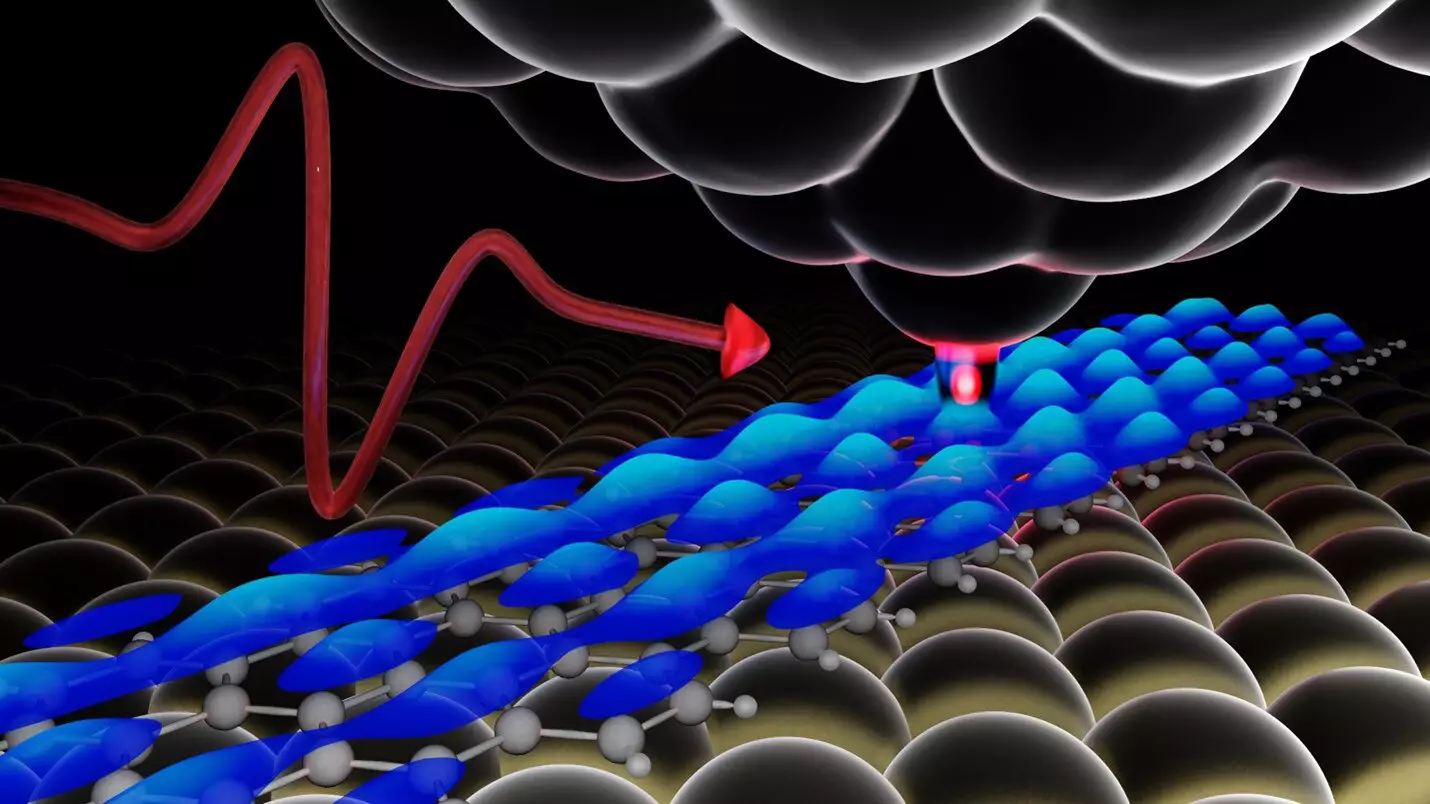In the quest to create smaller and more powerful electronics, it has become essential to develop advanced tools and techniques for analyzing the materials that make up these devices. Physicists at Michigan State University have recently made significant progress in this area by combining high-resolution microscopy with ultrafast lasers. This breakthrough approach, detailed in the journal Nature Photonics, allows researchers to identify misfit atoms in semiconductors with unprecedented precision.
These misfit atoms, often referred to as “defects” in semiconductor physics, play a crucial role in the functionality of electronic devices. Despite their negative-sounding label, defects are intentionally added to materials and are essential for optimizing the performance of semiconductors in modern and future devices. For components with nanoscale structures, such as computer chips, the precise location and behavior of defects are particularly important.
As the field of nanoscale electronics continues to grow, the ability to control the movement of electrons within materials becomes increasingly critical. Researchers, led by Tyler Cocker at Michigan State University, are dedicated to uncovering the exact placement of defects and their impact on electron motion. This newfound technique offers a straightforward method to obtain crucial information about defects in nanoscale materials like graphene nanoribbons.
Unlike traditional microscopes, scanning tunneling microscopes (STMs) do not rely on lenses and light bulbs to magnify objects. Instead, STMs utilize atomically sharp tips to scan a sample’s surface without physical contact. By recording electron movements between the tip and the sample, STMs provide atomic-level insights into material structures. However, STMs alone often struggle to accurately identify defects within semiconductor materials like gallium arsenide.
The Role of Terahertz Light in Defect Detection
To address this limitation, Cocker and his team integrated laser pulses with their STM to enhance defect detection in gallium arsenide samples. These laser pulses, operating at terahertz frequencies, effectively target silicon defect atoms within the semiconductor. Combining the sensitivity of the STM with terahertz light waves enabled the researchers to pinpoint defects with unparalleled precision. The sudden appearance of a distinct signal when the STM tip approached a silicon defect confirmed the effectiveness of this innovative approach.
Years of theoretical research on semiconductor defects paved the way for this groundbreaking discovery. By aligning experimental results with theoretical predictions, Cocker’s team successfully identified and characterized silicon defect atoms in gallium arsenide. This alignment between theory and experimentation highlights the importance of collaboration between researchers and theorists in advancing the field of semiconductor physics.
While Cocker’s team is at the forefront of combining STMs with terahertz light for defect detection, research groups worldwide are exploring similar approaches. Beyond semiconductor materials, this technique holds promise for applications in various fields that require precise material analysis. By sharing their methodology with the scientific community, Cocker and his team hope to inspire further discoveries in the realm of semiconductor research.


Leave a Reply